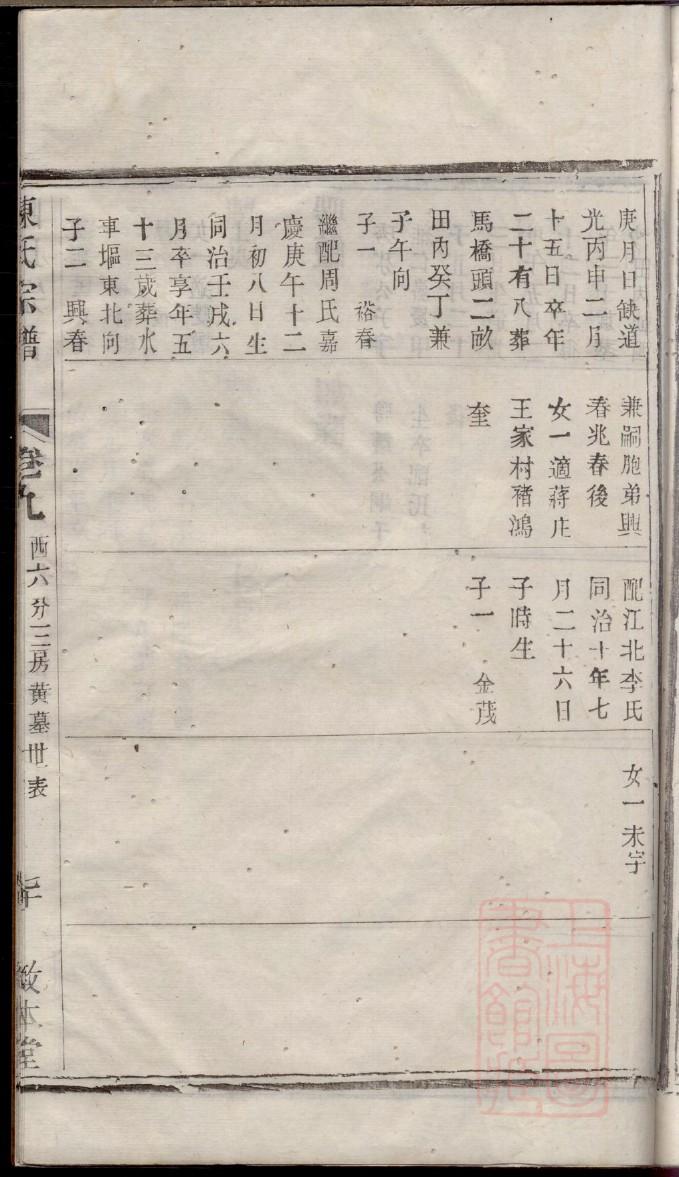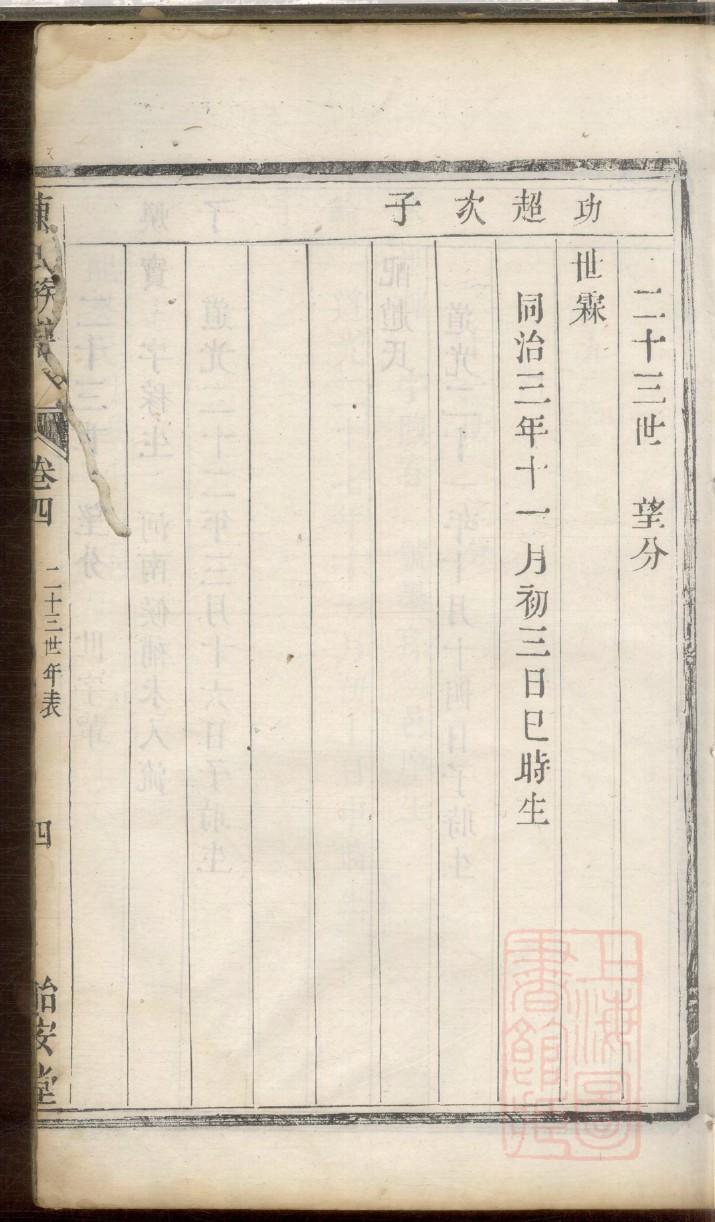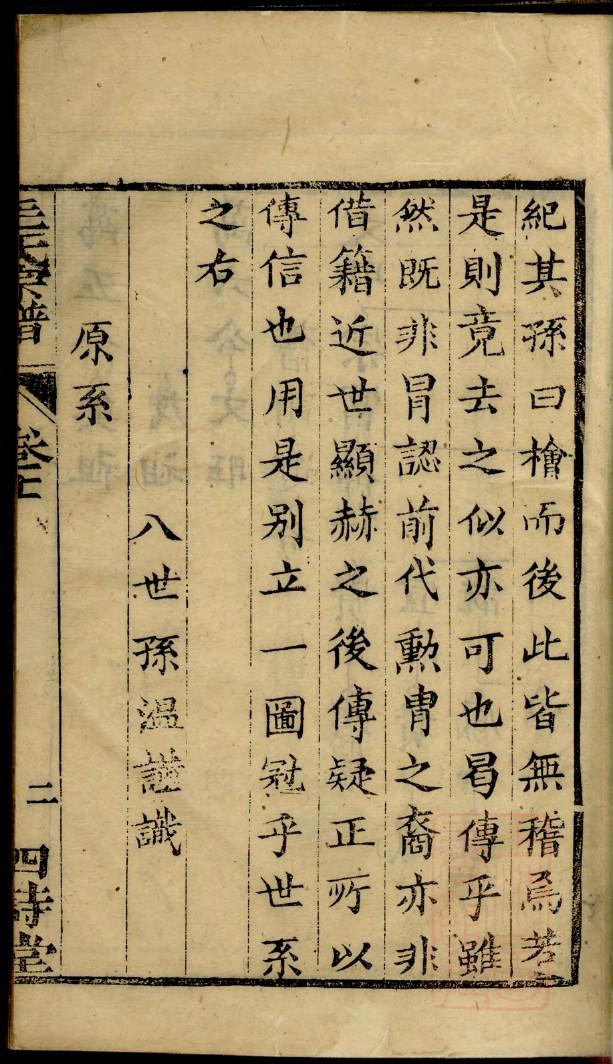家谱用英语怎么说
This article delves into the concept of family trees, exploring their significance, history, and the various ways they are represented across different cultures. We will discuss the origins of family trees, their evolution, and the modern techniques used to create and preserve them. Additionally, we will examine the importance of family trees in genealogy and personal identity.
The Significance of Family Trees
Family trees, also known as pedigrees or lineage charts, are graphical representations of a person's ancestors or descendants. They provide a visual map of one's family history, tracing relationships and lineage over generations. The significance of family trees lies in their ability to connect individuals to their past, offering a sense of identity, heritage, and continuity.
Family trees serve multiple purposes. They can help in tracing one's genealogy, understanding family medical history, and preserving family traditions and stories. Moreover, they can be a valuable tool for historians and researchers in studying the social, cultural, and historical contexts of different societies.
The Origins and Evolution of Family Trees
The concept of family trees dates back to ancient civilizations, where they were used to establish royal lineages and claimants to thrones. One of the earliest known examples is the Sumerian king list, which recorded the lineage of Sumerian kings from the beginning of time.
Over the centuries, family trees have evolved in various forms. In medieval Europe, heraldic devices were used to represent family lineages, with crests and coats of arms symbolizing noble families. In the 19th century, with the advent of the printing press, family trees became more accessible to the general public. Today, family trees can be found in digital formats, with numerous online platforms and software programs available for creating and sharing them.
Modern Techniques in Creating and Preserving Family Trees
With advancements in technology, creating and preserving family trees has become easier and more efficient. Here are some modern techniques used:
- Online Platforms: Websites such as Ancestry.com, FamilySearch.org, and MyHeritage.com provide tools and databases for researching and constructing family trees. These platforms allow users to share information, collaborate with others, and access historical records.
- Genealogy Software: Programs like Family Tree Maker, RootsMagic, and Legacy Family Tree offer comprehensive tools for managing and organizing family tree data. They allow users to add multimedia elements, generate reports, and create charts and graphs.
- Social Media: Social media platforms like Facebook and Instagram have become popular for sharing family trees and connecting with distant relatives. Users can create groups, share photos, and exchange information about their family history.
- Mobile Applications: Mobile apps like FamilySearch Tree and MyHeritage allow users to access and update their family trees on the go. These apps often include features for taking photos, scanning documents, and recording audio memories.
The Importance of Family Trees in Genealogy and Personal Identity
Family trees play a crucial role in genealogy, the study of family history and descent. They provide a framework for researchers to organize and analyze data, making it easier to trace lineages and identify ancestors. By understanding one's genealogy, individuals can gain insights into their heritage, cultural roots, and family traditions.
Moreover, family trees contribute to personal identity. They help individuals connect with their ancestors, fostering a sense of belonging and continuity. By knowing where they come from, individuals can better understand themselves and their place in the world.
Keywords: family trees, genealogy, ancestry, heritage, technology
In conclusion, family trees are essential tools for understanding one's family history, heritage, and personal identity. They have evolved over time, adapting to modern technology and becoming more accessible to the general public. Through the use of online platforms, software, and social media, individuals can create, preserve, and share their family trees, connecting with their past and passing on their legacy to future generations.












